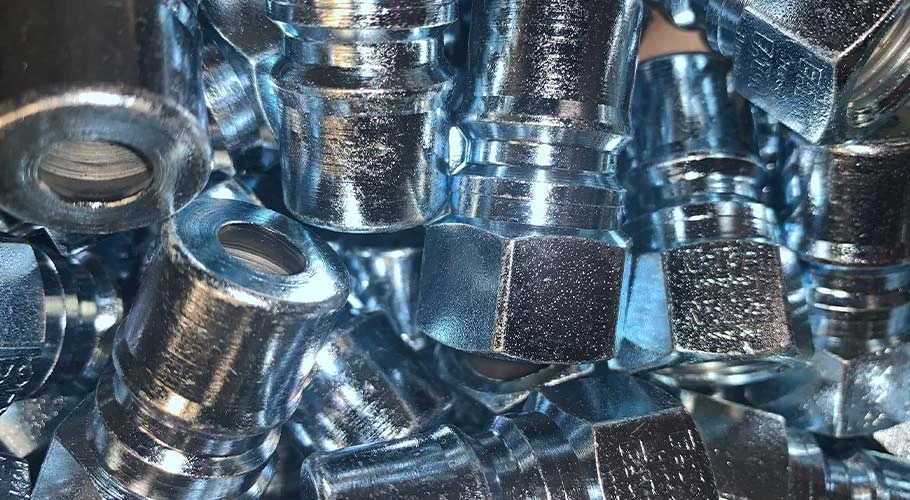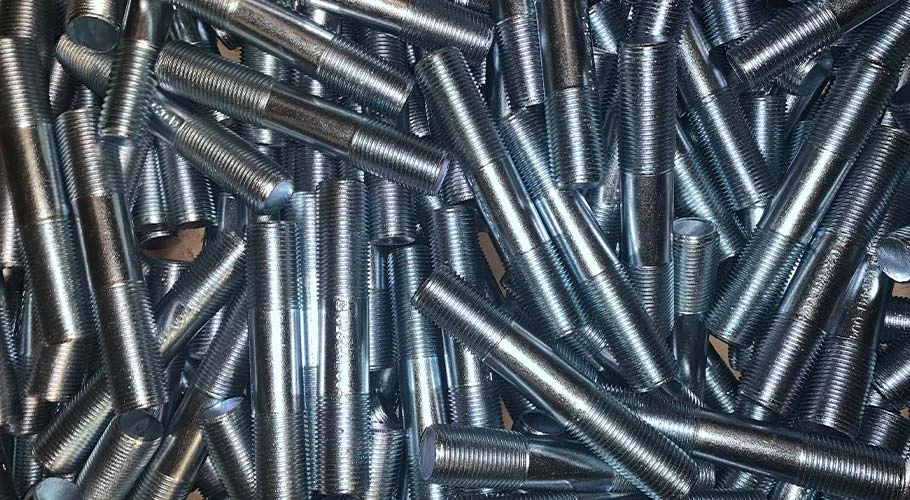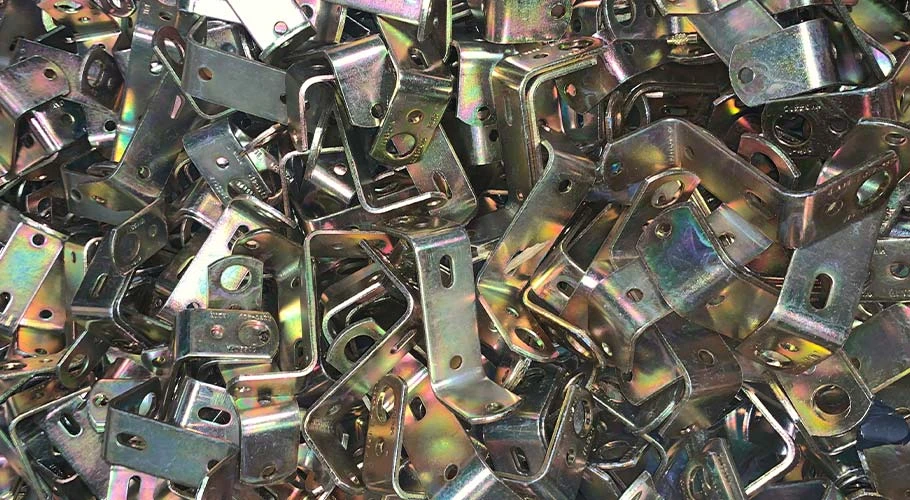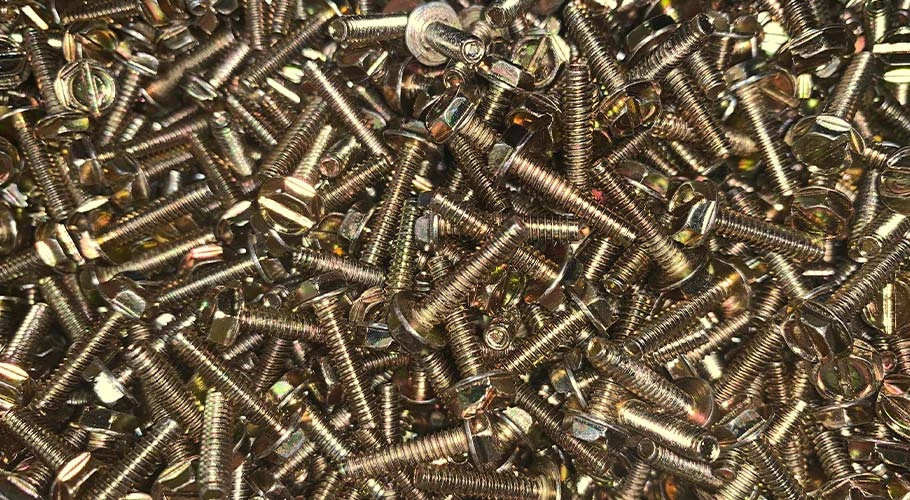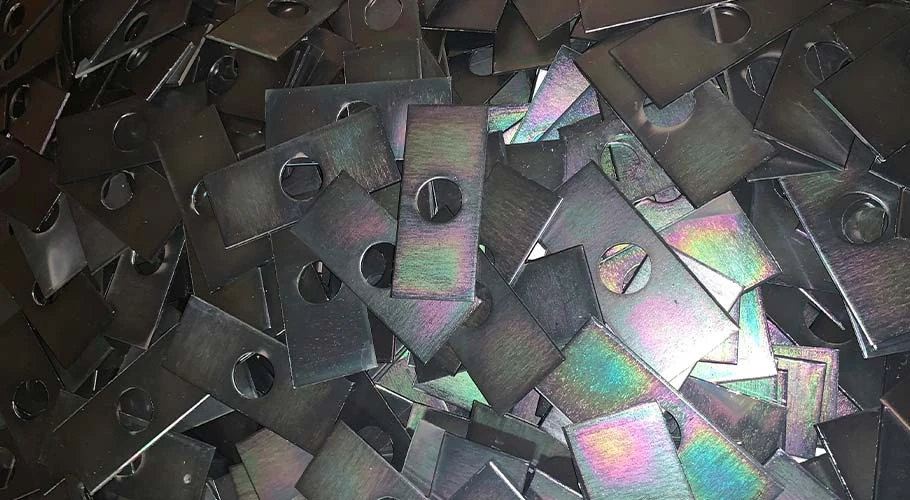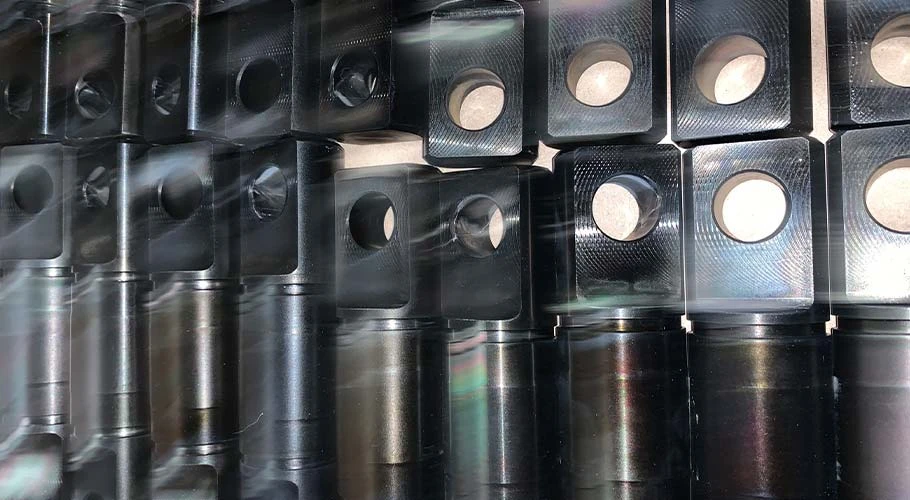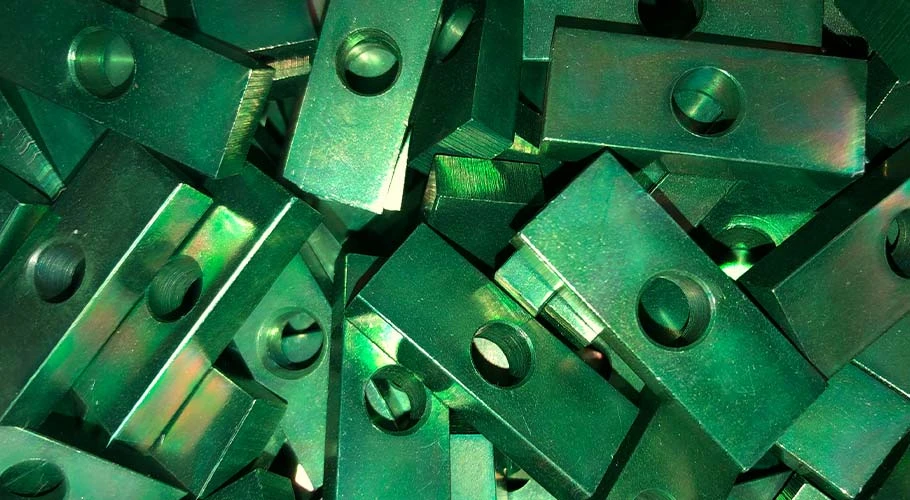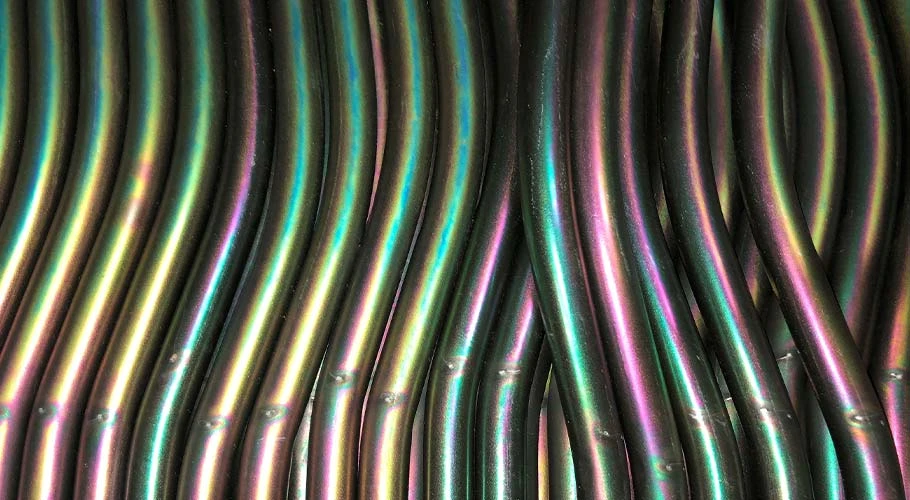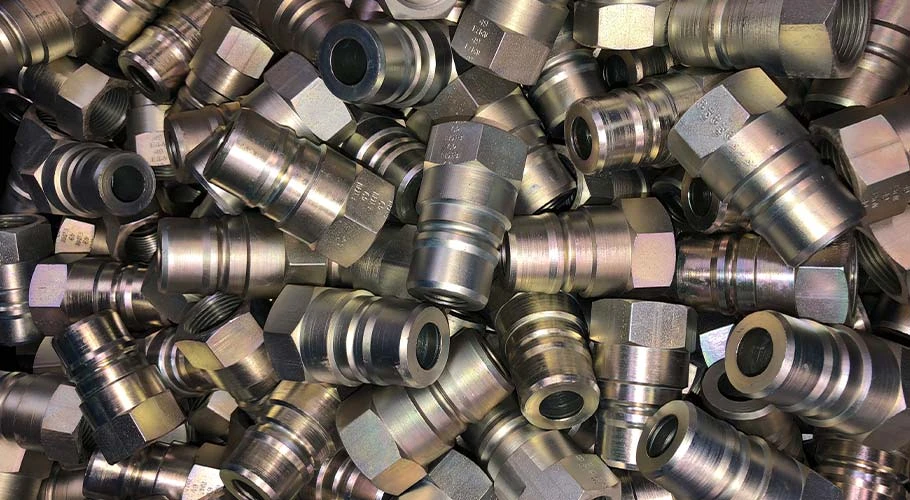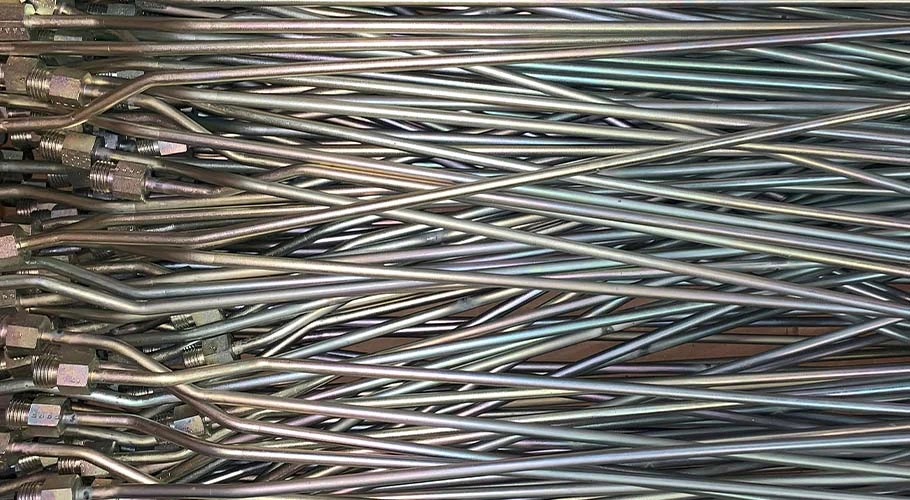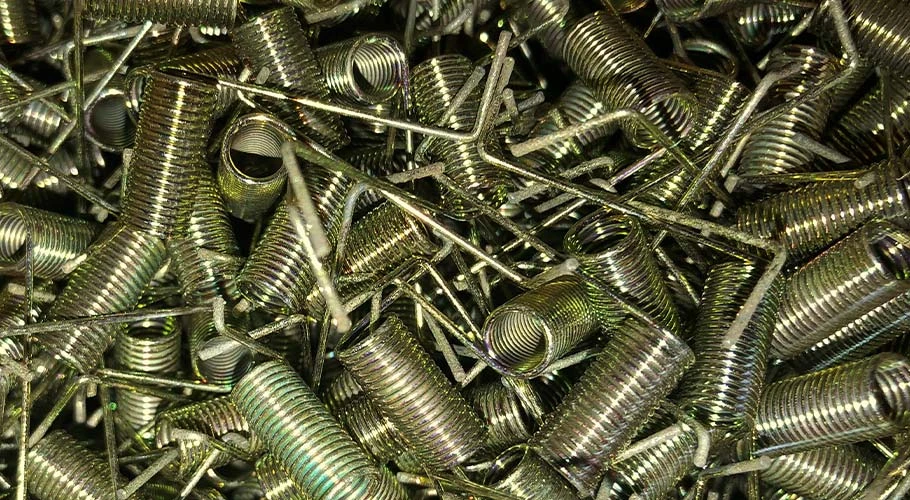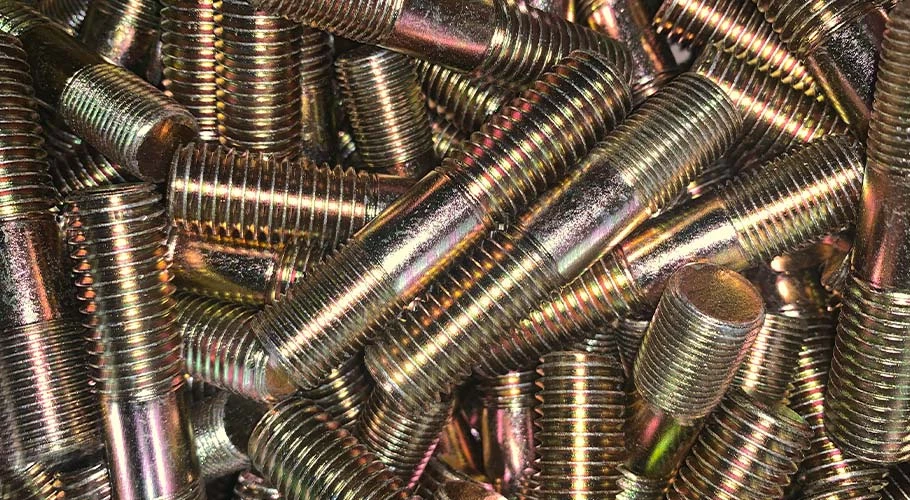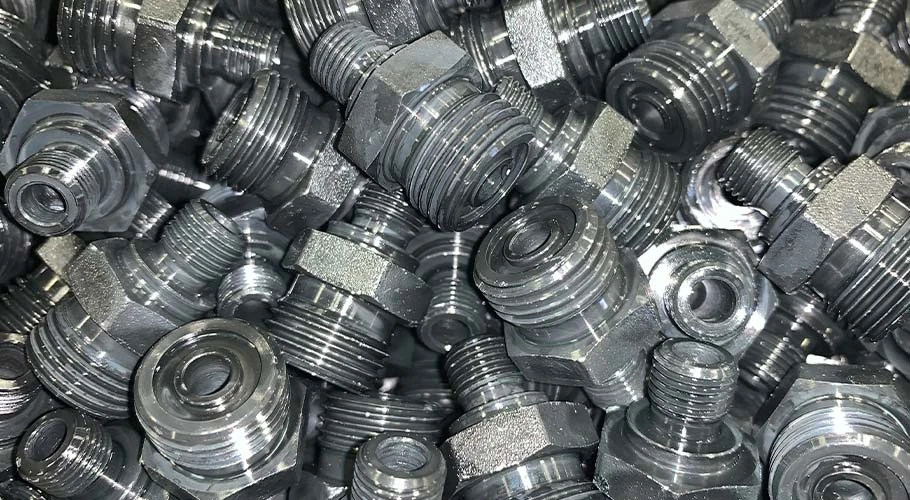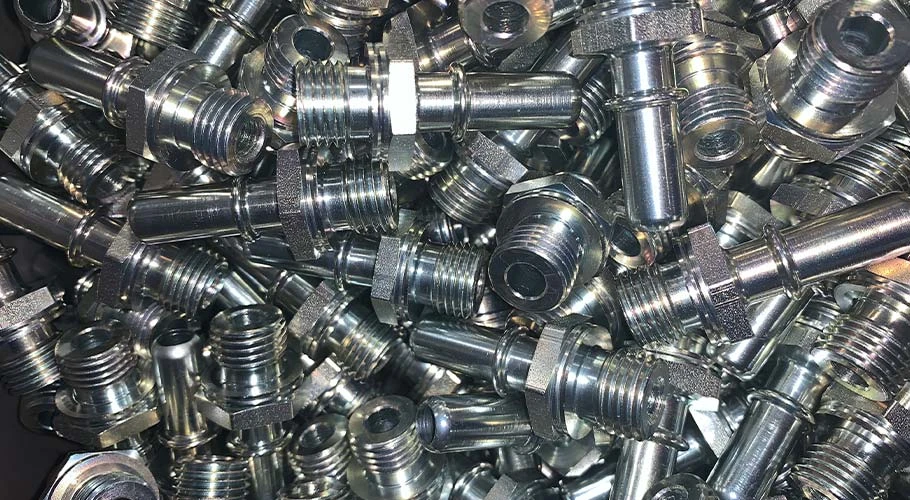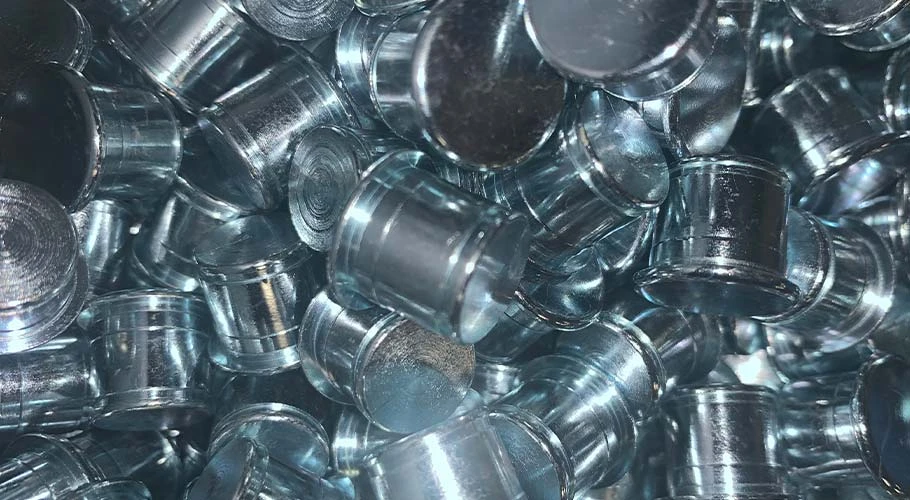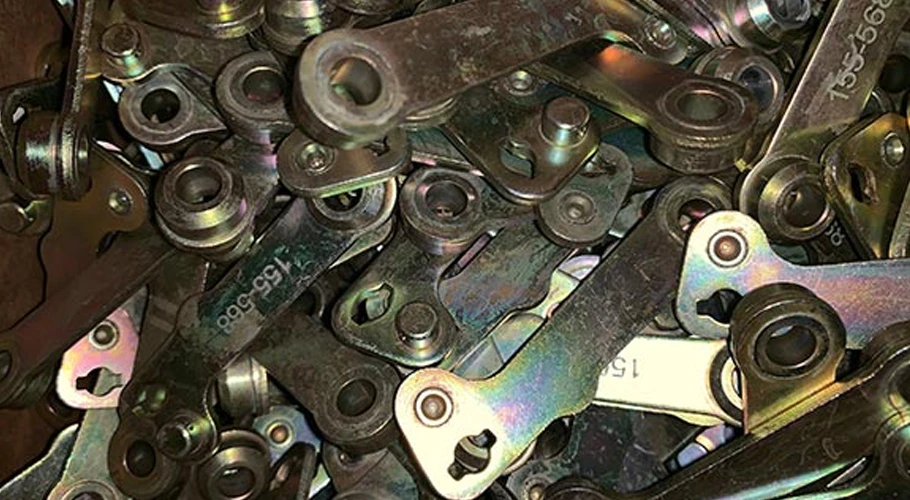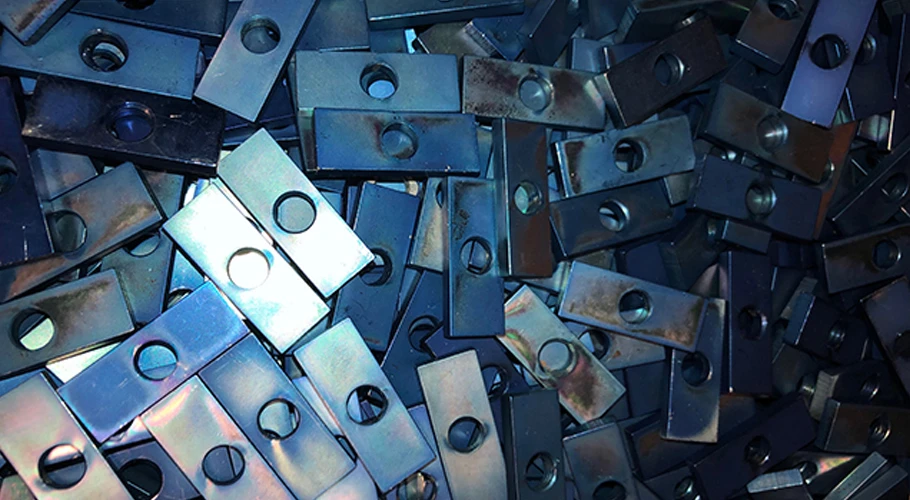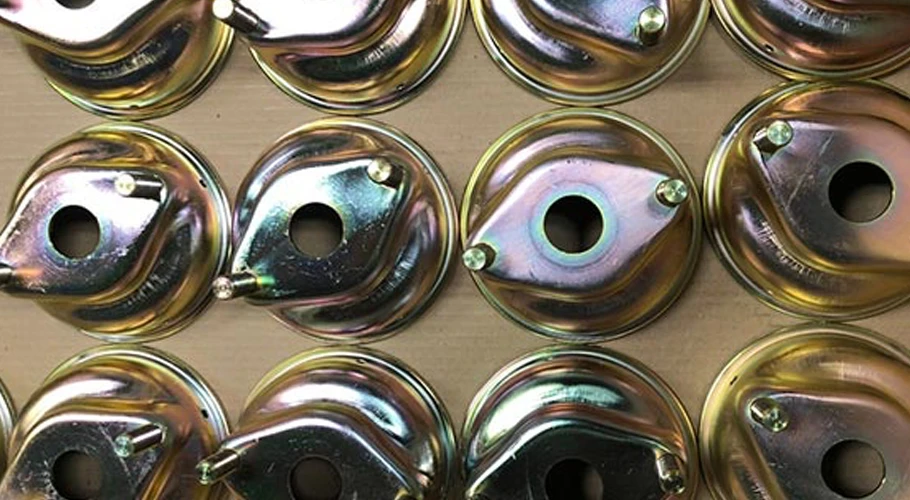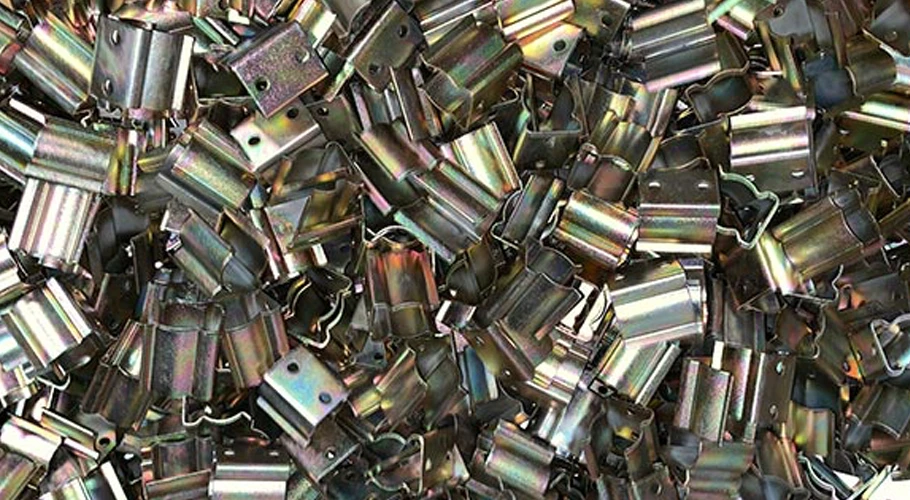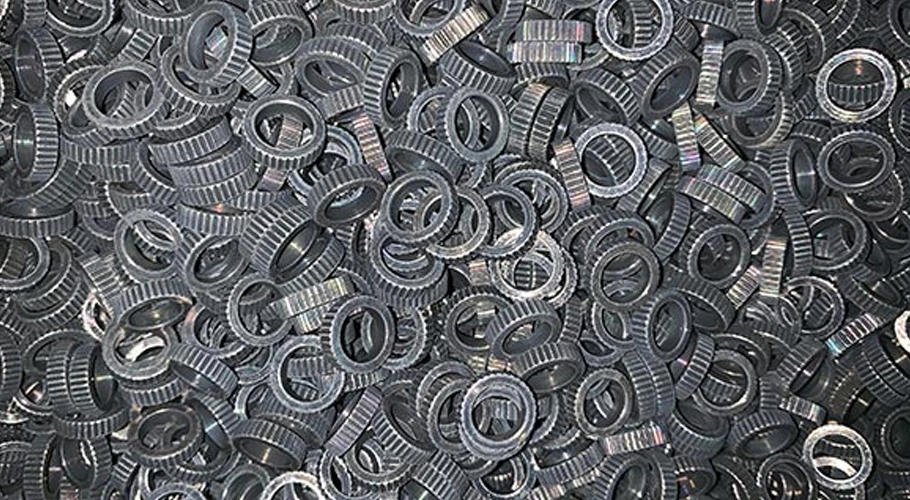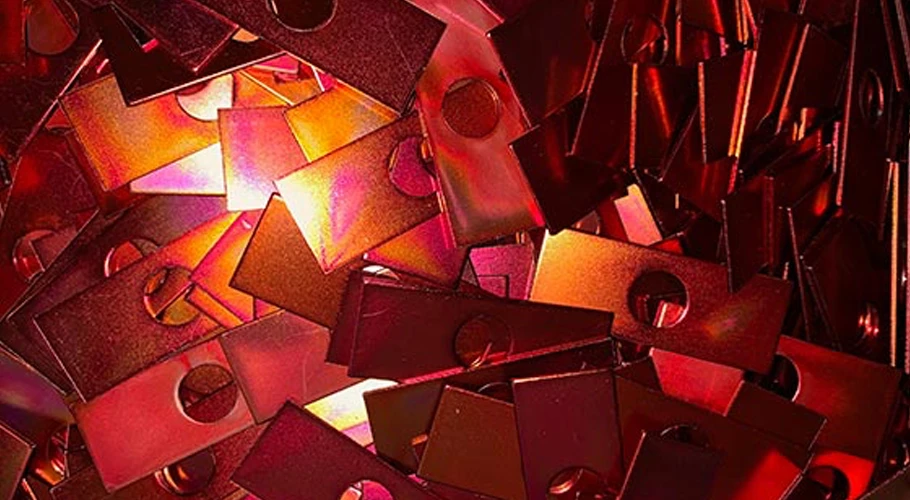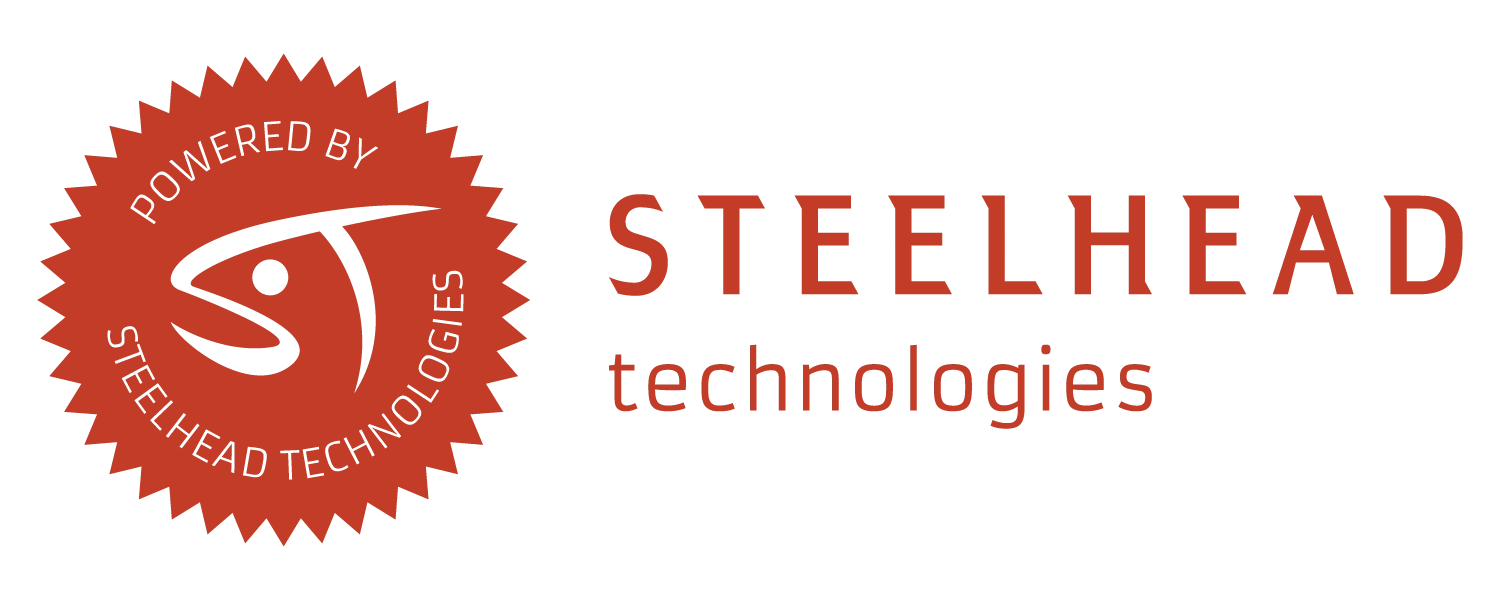Zinc plating is a process in which a layer of zinc is bonded to steel in order to protect against corrosion. The process involves electroplating, running a current of electricity through a saline/zinc solution with a zinc anode and steel conductor. Zinc electroplating maintains a dominant position among other electroplating process options, based upon electroplated tonnage per annum. According to the International Zinc Association, more than 5 million tons are used yearly for both hot dip galvanizing and Electroplating. The Plating of Zinc was developed at the beginning of the 20th century. At that time, the electrolyte was cyanide-based. A significant innovation occurred in the 1960s, with the introduction of the first acid chloride based electrolyte. The 1980s saw a return to alkaline electrolytes, only this time, without the use of cyanide.
Franke Plating plates to zinc standard ASTM B633 and all specification built with ASTM B633 as a reference.
Compared to hot-dip galvanizing, electroplated zinc offers these significant advantages:
- Lower thickness deposits to achieve comparable performance
- Broader conversion coating availability for increased performance and color options
- Brighter, more aesthetically appealing, deposits
The corrosion protection is primarily due to the anodic potential dissolution of zinc versus iron. Zinc acts as a sacrificial anode for protecting iron (steel). While steel is close to -400 mV, depending on alloy composition, electroplated zinc is much more anodic with -980 mV. Steel is preserved from corrosion by cathodic protection. Alloying zinc with cobalt or nickel at levels less than 1% has minimal effect on the electroplating potential, but both alloys improve the capacity of the zinc layer to develop a chromate film by conversion coating. This further enhances corrosion protection.
On the other hand, Zn/Ni between 12% and 15% Ni (Zn/Ni 86/14) has a potential around -680 mV, which is closer to cadmium -640 mV. During corrosion, the attack of zinc is preferred and the dezincification leads to a consistent increase of the potential towards steel. Thanks to this mechanism of corrosion, this alloy offers much greater protection than other alloys.
A specific advantage of alkaline Zinc and Zn/Ni (86%/14%) involves the lack of hydrogen embrittlement by plating. It was shown that the first nucleation on steel starts with pure nickel and that this layer is plated 2 nm thick prior to the Zn-Ni. This initial layer prevents hydrogen from penetrating deep into the steel substrate, thus avoiding the serious problems associated with hydrogen embrittlement. The value of this process and the initiation mechanism is quite useful for hard, high strength steel, tool steels and other substrates susceptible to hydrogen embrittlement.
A new acidic Zn/Ni (86%/14%) has been developed which produces a brighter deposit but offers less metal distribution than the alkaline system without the aforementioned nickel underlayer, and therefore does not offer the same performance in terms of hydrogen embrittlement. Additionally, all the zinc alloys receive the new hex Cr free conversion coating films which are frequently followed by a top-coat to enhance corrosion protection, wear resistance and to control the coefficient of friction.

